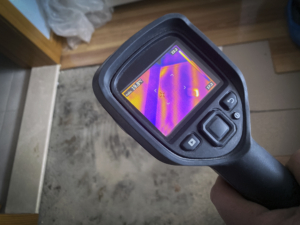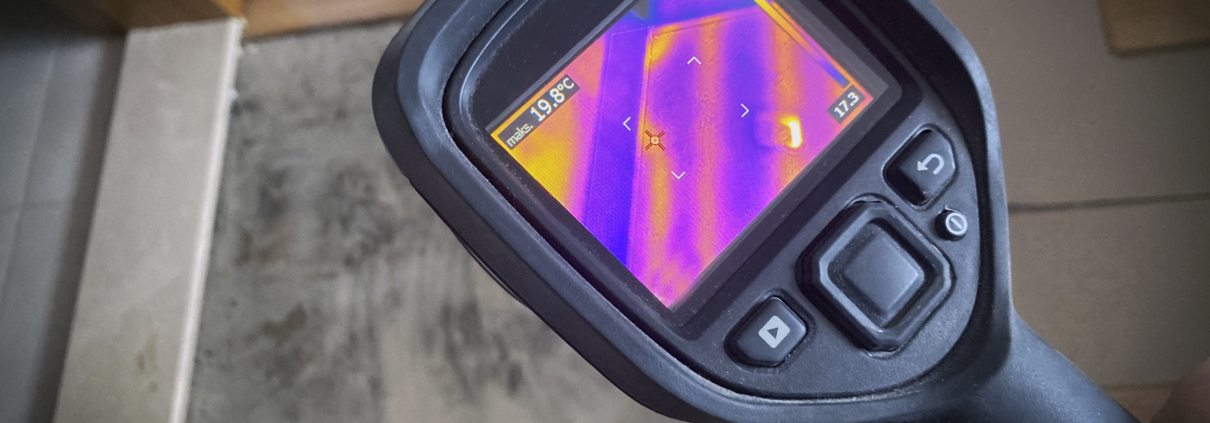What Is Thermal Imaging?
Thermal imaging inspections, also known as infrared inspections, use specialized cameras to capture images of heat signatures. These images allow inspectors to see temperature differences in the equipment and building structures they are inspecting. By analyzing these temperature differences, inspectors can identify potential problems before they escalate into major issues.
Why are Thermal Imaging Inspections Important?
Thermal imaging inspections can detect a wide range of problems, including electrical faults, insulation defects, moisture intrusion, and HVAC problems. Thermal imaging inspections can help identify problems before they become critical, which can save you time and money. For example, if an electrical panel has a hotspot, it could lead to a complete system failure if left unaddressed. With thermal imaging inspections, the hotspot can be identified and corrected before it becomes a major issue. By identifying issues early, homeowners can avoid costly repairs, downtime, and even safety hazards.

How Are Thermal Imaging Inspections Performed?
Thermal imaging inspections are typically performed by certified inspectors who use specialized cameras to capture heat signatures. These cameras are often handheld which allows inspectors to capture images from various angles. Once the images are captured, they are analyzed by inspectors who can identify any potential problems. After thermal imaging inspections are completed, inspectors will provide a report outlining any potential issues. This report will include recommendations for corrective action, which may include repairs, replacements, or maintenance procedures. You can then use this information to address any issues before they escalate into major problems.
What Are the Limitations of Thermal Imaging Inspections?
While thermal imaging inspections can provide valuable information, they do have limitations. For example, they cannot detect problems that do not generate heat signatures. Additionally, they may not be able to identify issues that are located in hard-to-reach areas. While thermal imaging inspections cannot detect all types of issues, they can provide a valuable tool for identifying many types of problems. Additionally, they can be used in conjunction with other diagnostic tools to provide a comprehensive picture of the health of equipment and buildings.
Where Can Thermal Imaging Inspections be Used?
Thermal imaging inspections can be used in a variety of settings, including commercial buildings, manufacturing facilities, data centers, and power plants. Anywhere that equipment or building structures could be at risk of failure, thermal imaging inspections can provide valuable insights to prevent potential problems.
Final Thoughts
Thermal imaging inspections are a game-changer in preventative maintenance. They provide valuable information that can help companies identify potential problems before they escalate into major issues. By using thermal imaging inspections, companies can increase equipment lifespan, improve safety, and reduce costs. While thermal imaging inspections do have limitations, they are a valuable tool for any company that wants to ensure their equipment and building structures are operating at peak performance.




